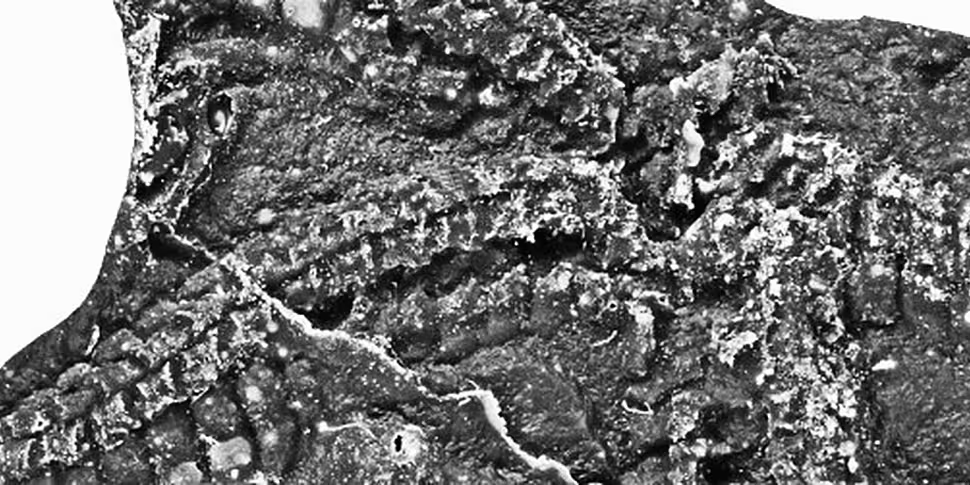A new species of fossil starfish has been discovered in the Maam Valley of Co Galway.
The fossil has been named 'Crepidosoma doyleii' in honour of its discoverer, Dr Eamon Doyle.
The specimens are being housed in the National Museum in Dublin.
The find has been documented in the latest issue of The Irish Journal of Earth Sciences, published by the Royal Irish Academy.
The study was conducted by international researchers from the US and the UK.
The new species is an ophiuroid starfish, commonly known as a 'brittle star'.
Brittle stars first evolved around 500 million years ago and have survived relatively unchanged to the present day - although the ocean that was home to 'Crepidosoma doyleii' disappeared 400 million years ago due to plate tectonic movements of the Earth's crust.
Co-author of the study, Professor David Harper from Durham University, said: "The remote areas of the west of Ireland continue to yield some exceptional fossils with a significant impact on understanding of the history of life.
The ophiuroid starfish fossil | Image: Supplied to Newstalk.com
"These unique specimens of fossil starfish from the Silurian rocks of Connemara are a key piece of evidence in the hunt for past life in the ocean that covered Ireland, some 435 million years ago.
"We owe a great deal to the painstaking efforts of Dr Eamon Doyle who combed these distant mountains for fossils during his PhD studies at University College Galway."
Dr Sarah Gatley of the Geological Survey added: "This discovery by Dr Doyle in the area of the Joyce Country aspiring Geopark highlights the need to protect our geological heritage and underlines why the Geological Survey support the three UNESCO Geoparks as well as the aspiring Geoparks in Ireland."
Dr Doyle said: "I am delighted with the honour afforded to him by these eminent international palaeontologists.
"I wish to thank Clare County Council and the Geological Survey for their support and I look forward to presenting some new fossils from the Burren and Cliffs of Moher UNESCO Global Geopark in the near future."










